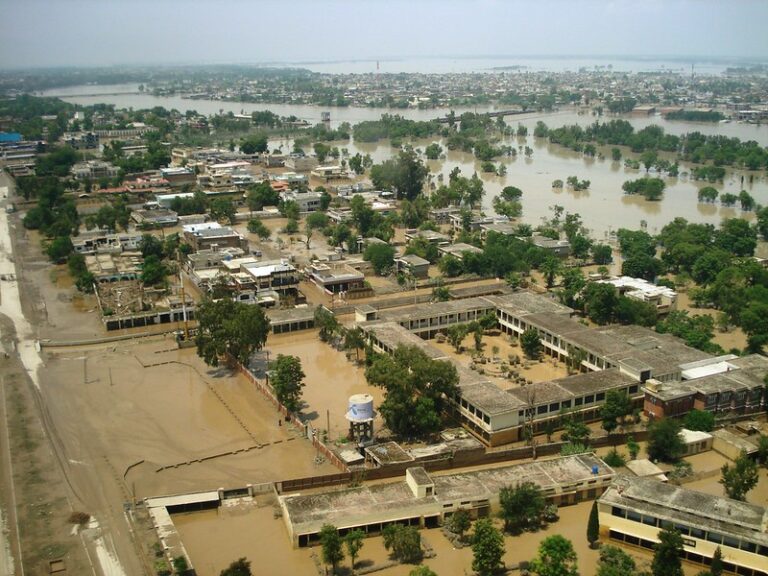New dataset exposes economic hubs most at risk from extreme weather and climate change
Thursday, 23 February 2023

This week, in response to demand from investors for data on sub-sovereign and regional risk, XDI has released the second in our Benchmark Series, a dataset called Gross Domestic Climate Risk. This dataset provides a unique comparison of the risk of damage to the built environment from extreme weather and climate change in states, provinces and territories around the world.
The ranking is based on a unique capability developed by the inventive technical team at The Climate Risk Group – a virtual reconstruction of the world focusing on the built environment, created using a datapool of hundreds of millions of points, matched to built structures.
This capability enables us to compare the physical climate risk of cities, industrial hubs and centres of economic activity. What we found was that major centres of global trade, manufacturing and economic activity are among the most exposed to extreme weather and climate change. Ports, manufacturing centres and megacities in Asia and large economic powerhouse states in the United States dominate our list of the provinces and territories with the most to lose from accelerating climate change.
As TCFD guidelines are operationalised by regulatory authorities around the world, investors, banks and companies will need to identify, analyse, report and manage their physical climate risk. Gross Domestic Climate Risk makes it clear that globalised companies, lenders and investors, as well as countries reliant on foreign investment, won’t be able to trade, divest or hedge their way out of the physical risks presented by climate change.
Understanding the scale and nature of this risk is the first step towards pricing it into financial markets, bringing the costs of climate change forward into the balance sheets of companies where action can be taken before those costs grow too great and financial tipping points are crossed. The dataset behind Gross Domestic Climate Risk can be used to understand supply chain risk and sovereign and sub-sovereign risk, and must also be a guide to climate resilient investment.
Reviewing the results, three conclusions are very clear.
The first is that physical climate risk must be elevated in the attention of investors, lenders and companies. Transition risk is material for many, but the extent and duration of physical risk is yet to be fully grasped. In the scenarios developed by the Network for Greening the Financial System, deployed by ESG analysts the world over, physical risk outweighs transition risk in all scenarios and all time frames.
The second conclusion is that the stability and security of the global economy rests on urgently prioritising climate resilient investment frameworks and unlocking financing for adaptation to the impacts of climate change.
The final conclusion is that accelerating decarbonisation is a necessary business strategy. Physical risks will intensify under all scenarios, but the damage results presented in the Gross Domestic Climate Risk dataset can be reduced by meeting Net Zero commitments quickly, on a pathway consistent with avoiding 1.5 degrees of global average warming.
Together, these three elements: physical risk disclosure, finance for adaptation and resilience and rapid decarbonisation are essential to bringing down the Gross Domestic Climate Risk of every state, province, city, and country in the world.
MEDIA ENQUIRIES
Petrana Lorenz, Director of Communications: +61 405 158 636
media@xdi.systems
